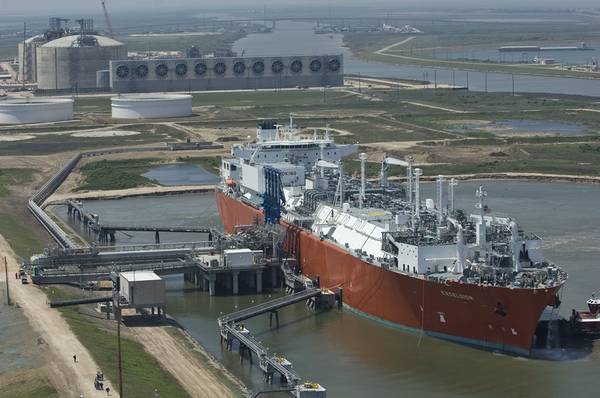
Freeport LNG, the second-biggest U.S. liquefied natural gas (LNG) exporter, got approval from federal regulators on Thursday to take early steps to restart its fire-idled LNG export plant in Texas.
Freeport, however, has not yet sought permission to restart the liquefaction trains that turn natural gas into LNG for export. That resumption of LNG production will have to come in a later request with federal regulators.
Energy analysts have said they still expect most of the plant's production to remain off line until March or later.
The closely-held LNG company's plant shut after a pipeline explosion on June 8, 2022, and was barred from resuming production until federal regulators completed an extensive safety review and approved resulting changes.
The U.S. Federal Energy Regulatory Commission (FERC) and the Department of Transportation's Pipeline and Hazardous Materials Safety Administration (PHMSA) granted Freeport's request to begin cooling down some of the plant's piping systems.
The procedure to cool down the pipes, which Freeport said would take about 11 days, would be a first step to returning the facility to normal operations after a seven-month outage.
FERC said in its filing that "additional authorization to restart operations is necessary to reinstate service ... of the liquefaction trains."
Before the regulators decision on Thursday, U.S. gas futures NGc1 were down almost 10% to a 21-month low of $2.76 per million British thermal units. After the approval news, futures pared some of those losses, but were still down about 7%.
The market expects prices will rise once demand for gas increases after the plant returns to service.
The facility can draw in around 2.1 billion cubic feet per day (bcfd) of gas when operating at full power.
The outage forced big customers including JERA and Osaka Gas to book hundreds of millions of dollars of losses. Its other big buyers include BP, TotalEnergies and SK E&S.
(Reuters - Reporting by Scott DiSavino; Editing by Bernadette Baum and Bill Berkrot)



